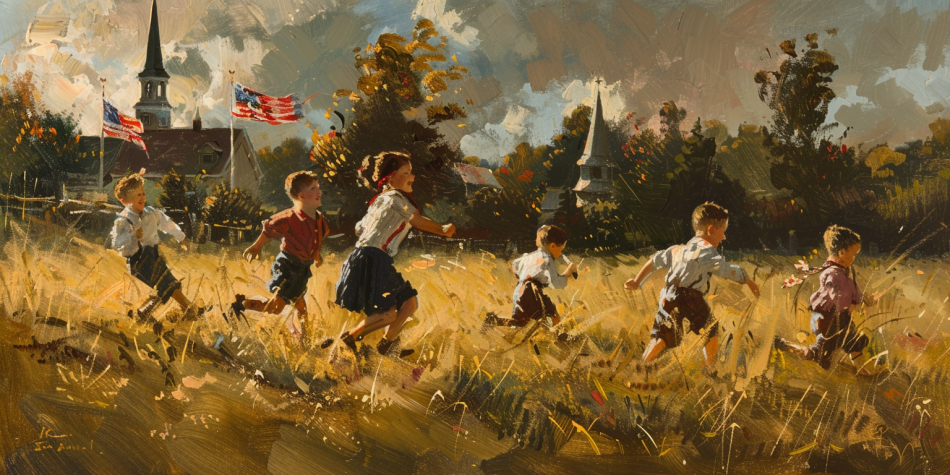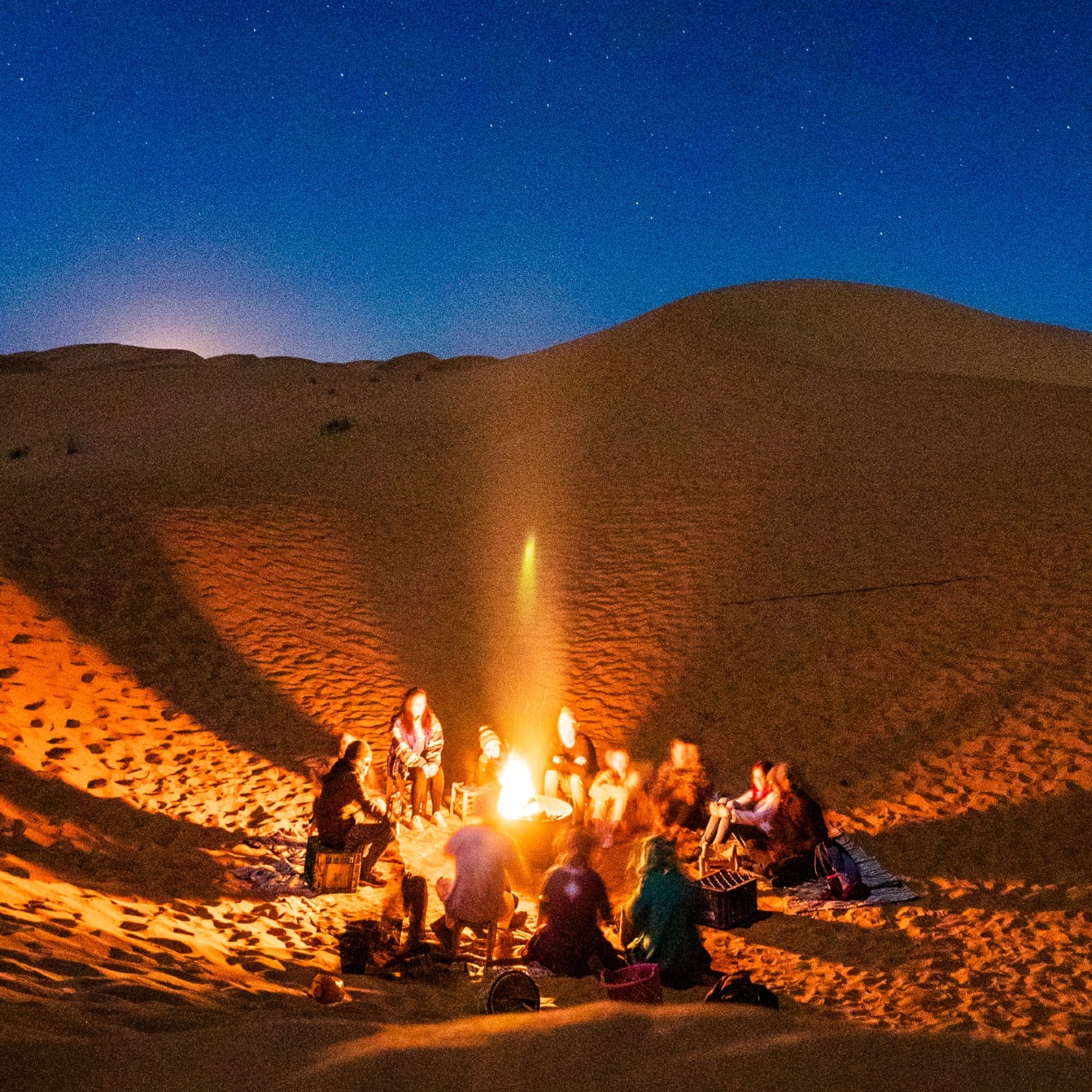In July, Latter-day Saints in the United States celebrate both Independence Day and Pioneer Day. In Utah, both days are celebrated with fireworks, parades, and family time. There is also a deep religious resonance to both holidays.
Both Christian nationalism and the secular nationalism that opposes it represent threats to Latter-day Saints. It is important that we talk about the intersection of faith and country to avoid the excesses of either side.
In that spirit, let’s look at how our religious faith inspires our celebration of both days.
The ratification of the U.S. Constitution created an environment in which (over time) the basic rights of all people could be protected, and the restoration of the gospel of Jesus Christ could take place. Indeed, we know from sacred scripture that this country was divinely inspired to bring about God’s purposes. It reads:
According to the laws and constitution of the people, which I have suffered to be established, and should be maintained for the rights and protection of all flesh, according to just and holy principles;
That every man may act in doctrine and principle pertaining to futurity, according to the moral agency which I have given unto him, that every man may be accountable for his own sins in the day of judgment.
Therefore, it is not right that any man should be in bondage one to another.
And for this purpose have I established the Constitution of this land, by the hands of wise men whom I raised up unto this very purpose, and redeemed the land by the shedding of blood.
As President Dallin H. Oaks emphasizes, this revelation does not confine the importance of the Constitution to the United States alone but states that the principles of the Constitution should be “maintained for the rights and protection of all flesh, according to just and holy principles.” The inclusion of religious freedom was particularly important in providing the freedom for a new religious movement to blossom. Religious faith inspires our celebration.
Because the right to religious freedom was guaranteed by the Bill of Rights, it created an environment that allowed Joseph Smith to establish the gospel of Jesus Christ once again upon the Earth. But as many groups have learned the hard way, the guarantees of the Constitution are not always distributed equally. Violent persecution of the Saints in New York, Missouri, Ohio, and finally, Illinois made a mockery of the ideal of religious freedom.
Not many years after the creation of The Church of Jesus Christ of Latter-day Saints, members of the Church left to seek refuge from the very country that allowed for its establishment due to the severe persecution they faced.
Upon arrival in the Salt Lake Valley on July 24, 1847, Brigham Young said those famous words: “This is the right place,” which filtered throughout the wagon train to other Saints as the more well-known phrase: “This is the place.”
For the next two decades, more than 60,000 saints would migrate to Utah. Here, the Saints were allowed to grow and flourish, creating a community that provided the very first foundations for the gospel to go to the world. Pioneer Day was proclaimed as a holiday to remember these migrants and the difficulties they faced to get to the Salt Lake Valley. By 1896, Utah was admitted to the Union, and the Saints were again citizens of the United States. Members of the Church left to seek refuge from the very country that allowed for its establishment.
Despite the difficulties that arose from persecution, God’s work continued to move forward in miraculous ways. Without both the religious freedoms enjoyed in the United States and the lost ‘ideal’ of those very promises that resulted in the flight west, the Church would not be where it is today. Thus, both Independence Day and Pioneer Day can serve as important reminders of God’s assurance: “I am able to do my own work.”

















